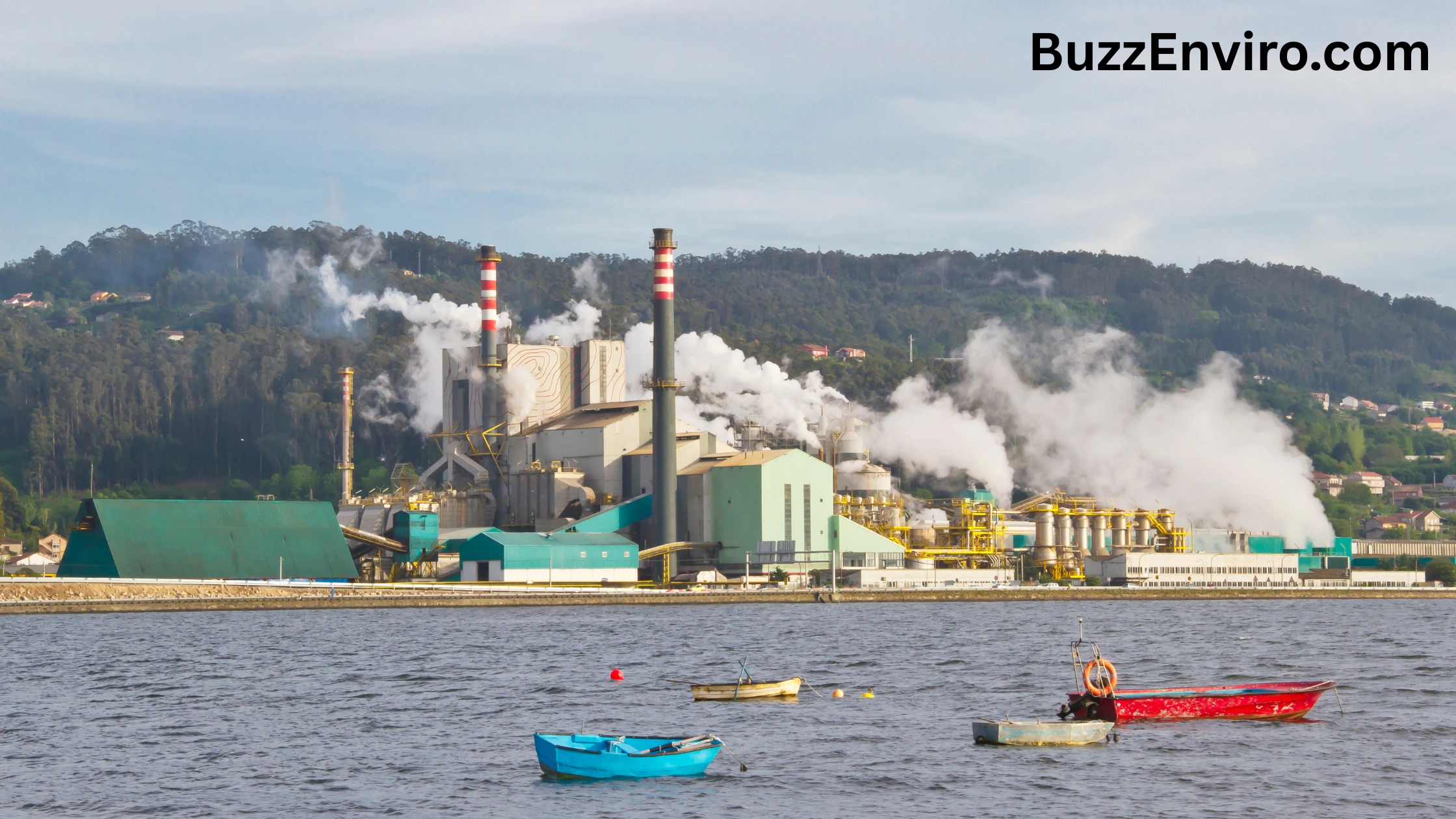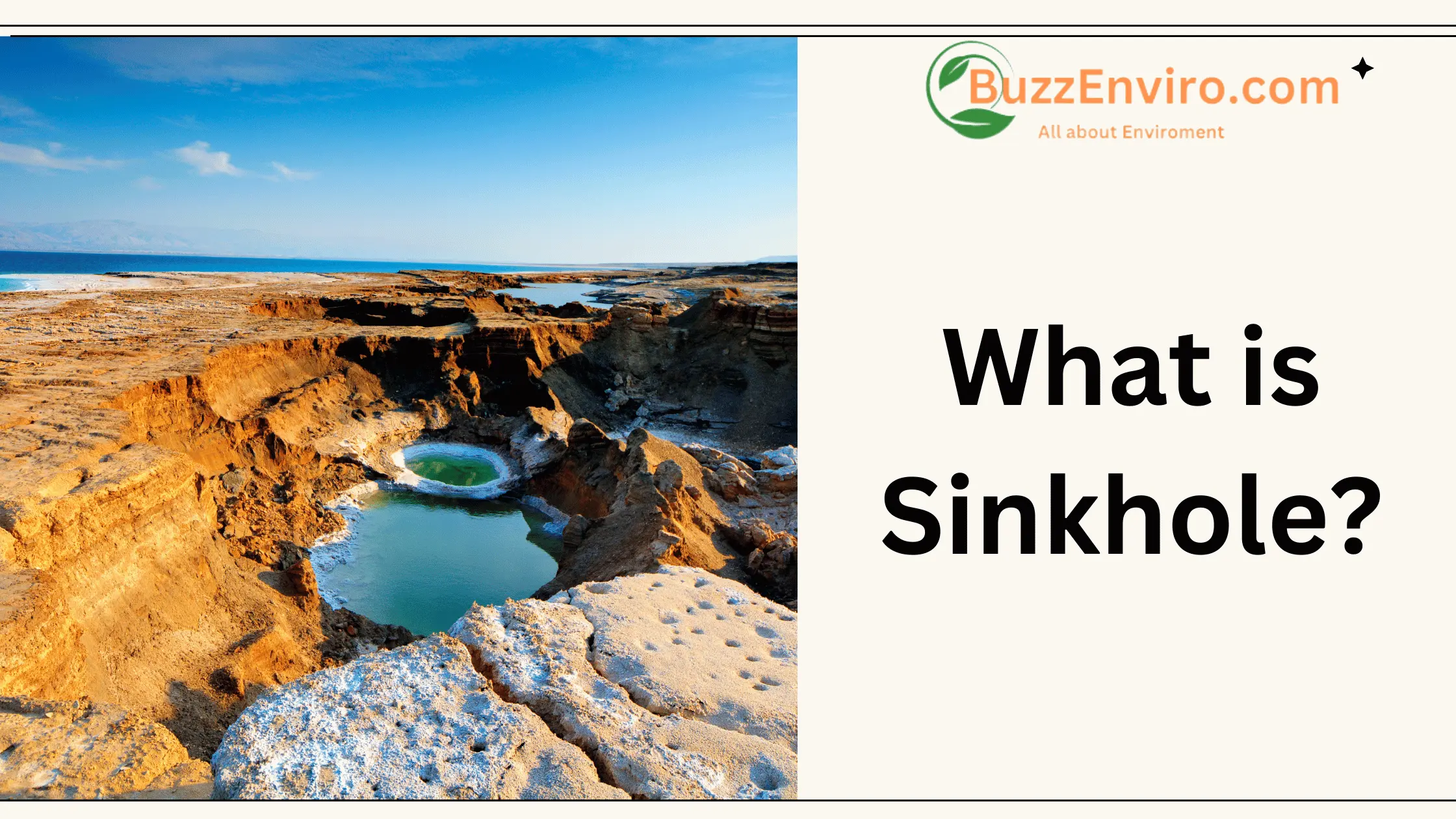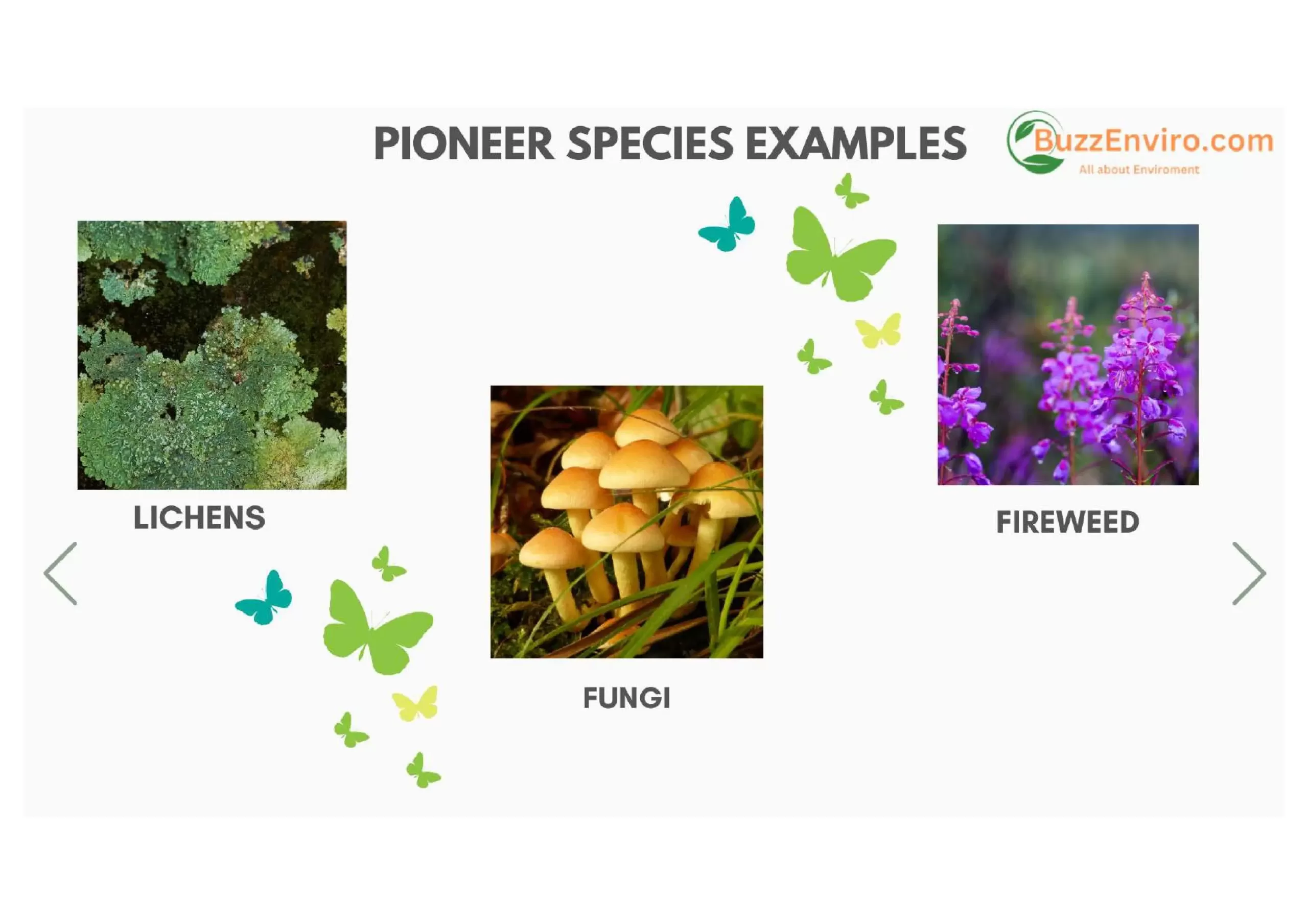Over the last two centuries, industrialization has fueled global economic growth, technological innovation, and higher living standards. From powering our homes to producing the products we use daily, industries have played a vital role in shaping the modern world. However, this progress has come with a steep environmental cost—industrial pollution.
As factories continue to expand and operate around the clock, they release vast amounts of waste into the air, water, and soil. Among all types of environmental damage, industrial air pollution is one of the most pressing threats facing humanity today. Yet, many people remain unaware of the scale of the problem or the health and ecological risks it presents.
This blog aims to explore what industrial pollution is, how it’s caused, its short- and long-term effects, and what can be done to control it.
What Is Industrial Pollution?
Industrial pollution refers to the release of harmful substances into the environment as a result of industrial activity. These pollutants may be chemical, biological, or physical and often originate from manufacturing plants, refineries, power stations, and other industrial facilities. Industrial processes typically consume large amounts of energy and raw materials and release waste byproducts that contaminate air, water, and land.
The most visible form of industrial pollution is the smoke and gases emitted from factory chimneys. However, pollution from industries also includes toxic liquid waste discharged into water bodies, hazardous solid waste dumped into landfills, and noise pollution from heavy machinery.
Major Causes of Industrial Pollution
There are several ways in which industries contribute to environmental pollution:
1. Air Emissions from Factories

One of the most severe environmental impacts is air pollution caused by industries. Factories release enormous quantities of pollutants such as sulfur dioxide (SO₂), nitrogen oxides (NOx), carbon monoxide (CO), volatile organic compounds (VOCs), and fine particulate matter (PM2.5 and PM10). These pollutants are often visible as thick plumes of smoke from factory stacks.
The term factory air pollution refers to these airborne emissions that contaminate the atmosphere. Poor air quality in industrial regions is often linked to chronic respiratory diseases like asthma, bronchitis, and even lung cancer.
2. Inefficient Production Technologies

Many factories, especially in developing countries, still use outdated, inefficient machinery. This not only consumes more energy but also produces more waste. The resulting factory smoke pollution not only affects local communities but can also be carried over long distances by wind, impacting regions far away from the pollution source.
3. Industrial Wastewater

While this blog focuses on air pollution, it’s important to note that many industries also pollute water bodies by discharging untreated or inadequately treated wastewater. This form of industrial water pollution often contains heavy metals, toxic chemicals, and organic waste that destroy aquatic ecosystems and contaminate drinking water supplies.
4. Lack of Environmental Regulations

In some parts of the world, weak laws or poor enforcement allow industries to operate without adhering to environmental standards. When industries aren’t held accountable, air pollution caused by factories increases unchecked, leading to widespread public health issues.
The Effects of Industrial Pollution on Health and the Environment
The damage caused by factory pollution is far-reaching and deeply concerning. Here are some of the major consequences:
1. Public Health Crisis
People living near industrial areas are at high risk of exposure to air toxins. Long-term exposure to pollutants like particulate matter and VOCs has been linked to respiratory infections, cardiovascular diseases, developmental disorders in children, and even premature death.
2. Environmental Degradation
Pollution from factories depletes the ozone layer, contributes to acid rain, and accelerates climate change. The release of greenhouse gases like CO₂ and methane from industries significantly warms the planet. Meanwhile, factory air pollution increases ground-level ozone and smog formation, which harms crops, forests, and biodiversity.
3. Contamination of Natural Resources
Besides the air, factories also contaminate soil and water. When pollutants settle from the air onto the ground or into rivers and lakes, they disrupt natural ecosystems. Industrial water pollution destroys aquatic life, affects the food chain, and reduces the quality of freshwater sources.
Addressing the Crisis: Solutions to Industrial Pollution
Although the problem is serious, there are solutions—many of which are already being implemented in progressive countries.
1. Adoption of Cleaner Technologies
Industries can significantly reduce emissions by adopting clean and energy-efficient technologies. Scrubbers, filters, and electrostatic precipitators can capture harmful particles before they are released into the atmosphere. Transitioning from fossil fuels to renewable energy sources such as solar and wind also helps cut down air pollution caused by industries.
2. Stricter Regulations and Enforcement
Governments play a key role in pollution control. Laws regulating emissions, waste disposal, and chemical usage must be strictly enforced. In regions where factory pollution remains unregulated, public pressure and international oversight can drive change.
3. Corporate Responsibility and Transparency
Industries should commit to environmental responsibility by tracking their emissions, investing in pollution control, and being transparent with the public. Eco-certifications and environmental audits are tools that can help ensure accountability.
4. Public Awareness and Involvement
Ordinary citizens can influence industrial practices through advocacy, voting, and consumer behavior. Supporting companies that prioritize sustainability and holding polluters accountable are powerful ways to combat factory air pollution.
Conclusion: A Shared Responsibility
Industrial pollution is not just an industrial problem—it’s a societal one. The unchecked release of pollutants from factories is damaging the planet we all share. From factory smoke pollution in our cities to industrial water pollution in our rivers, the effects are widespread and growing.
However, with innovation, regulation, and public will, we can shift toward cleaner, safer industrial practices. Reducing air pollution caused by factories is not just good for the environment—it’s essential for our health, our climate, and our future.






